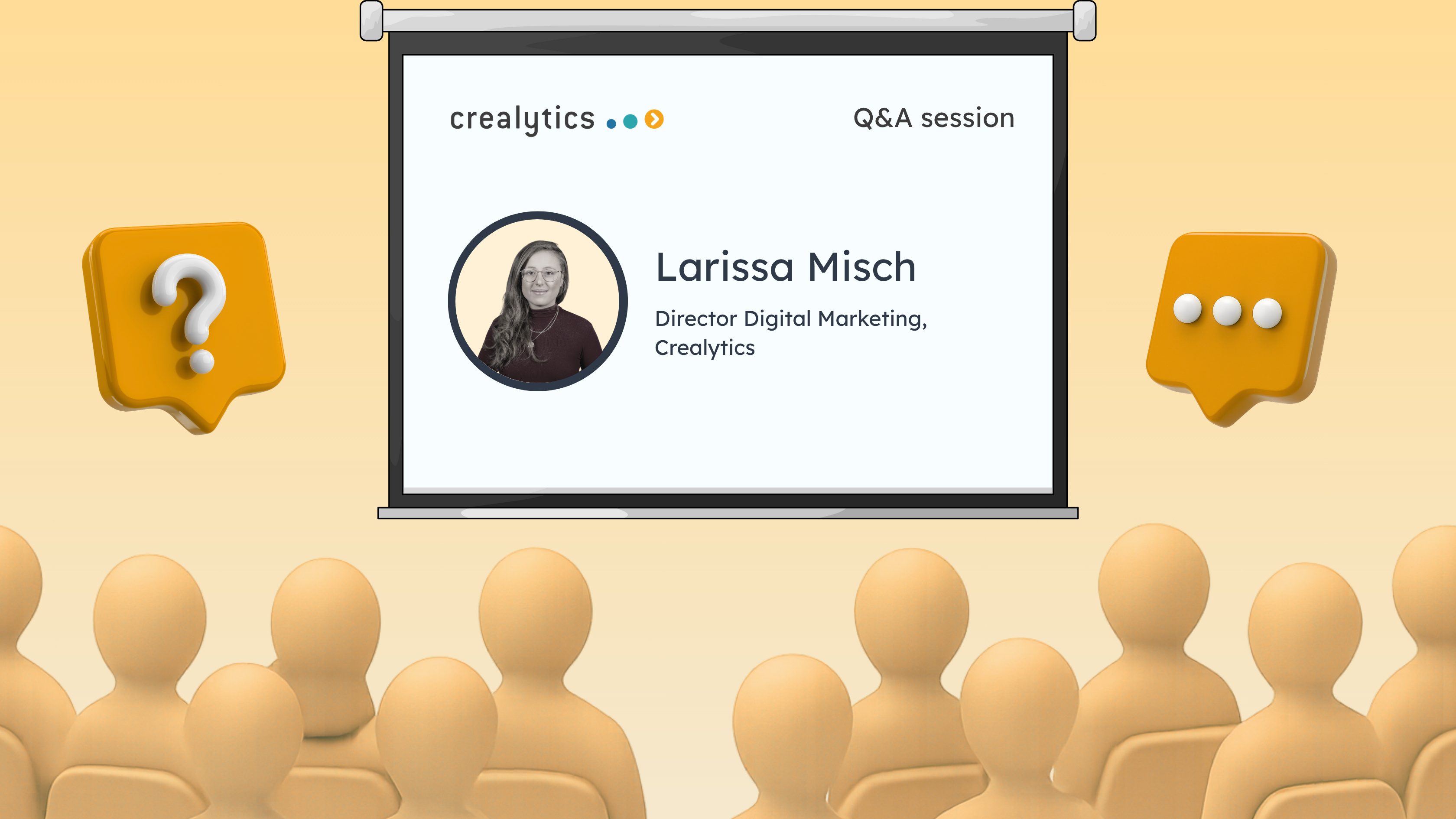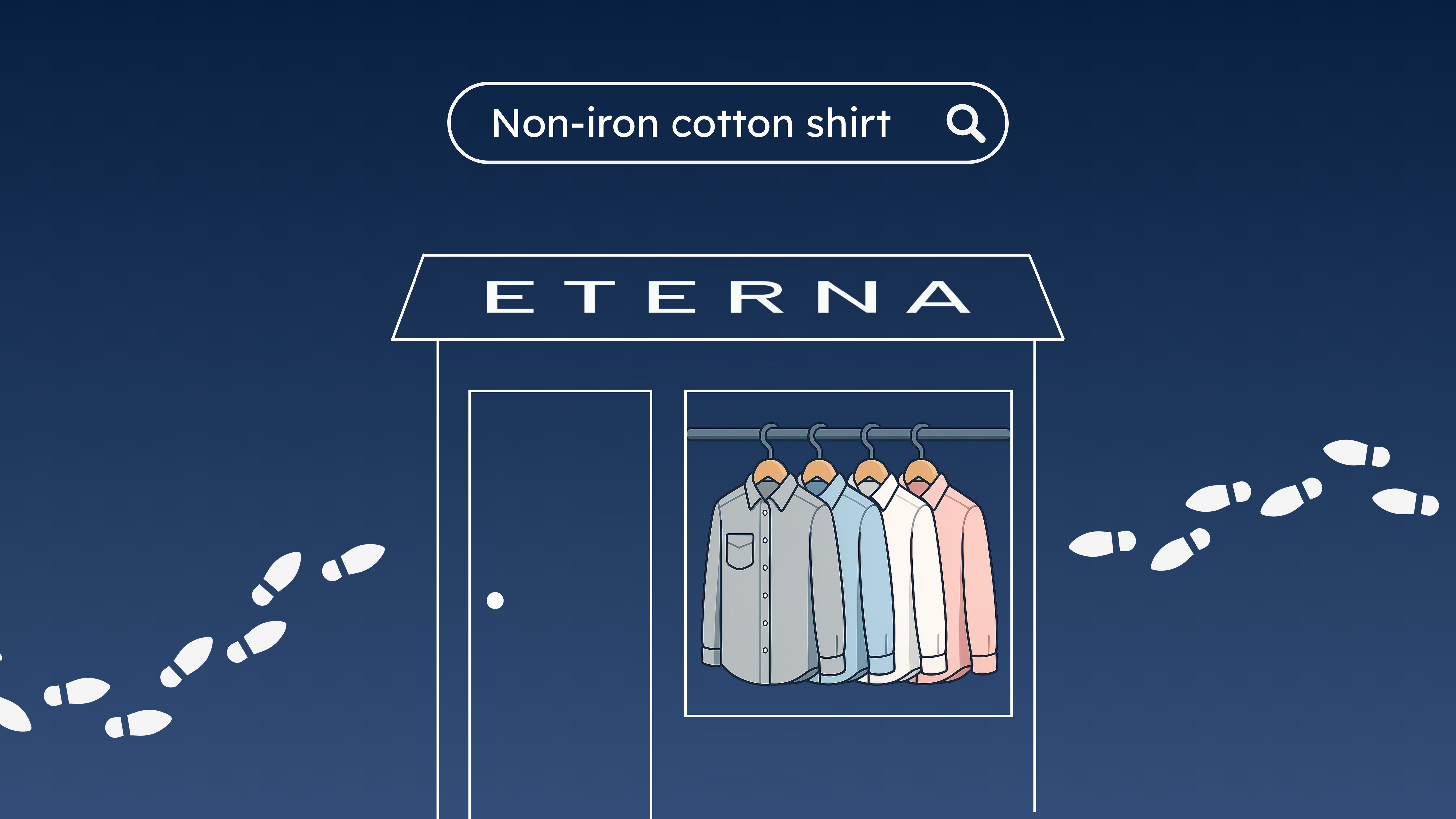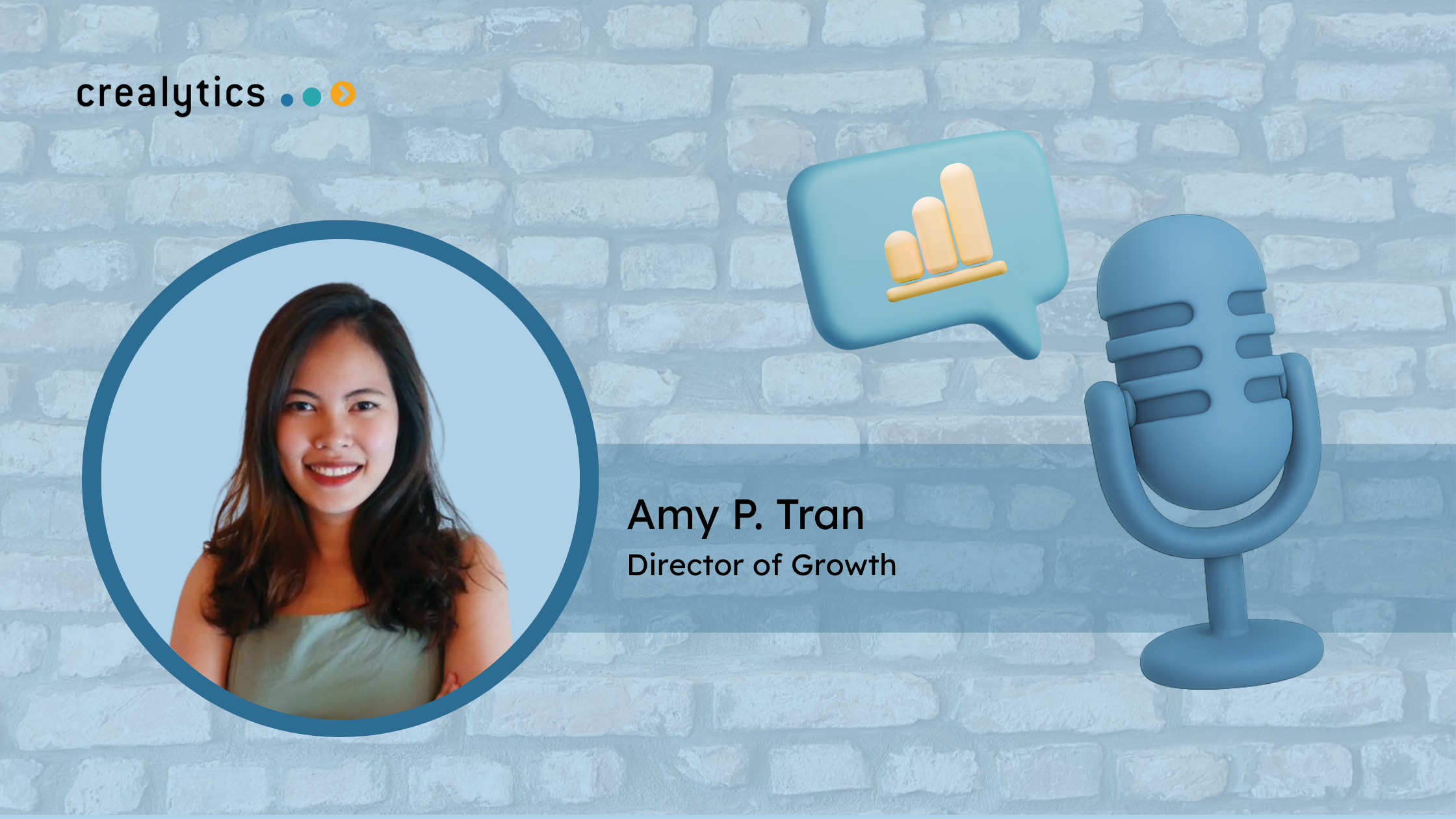Q&A: How Can Scripts Help Scale and Optimize Paid Campaigns at Speed?
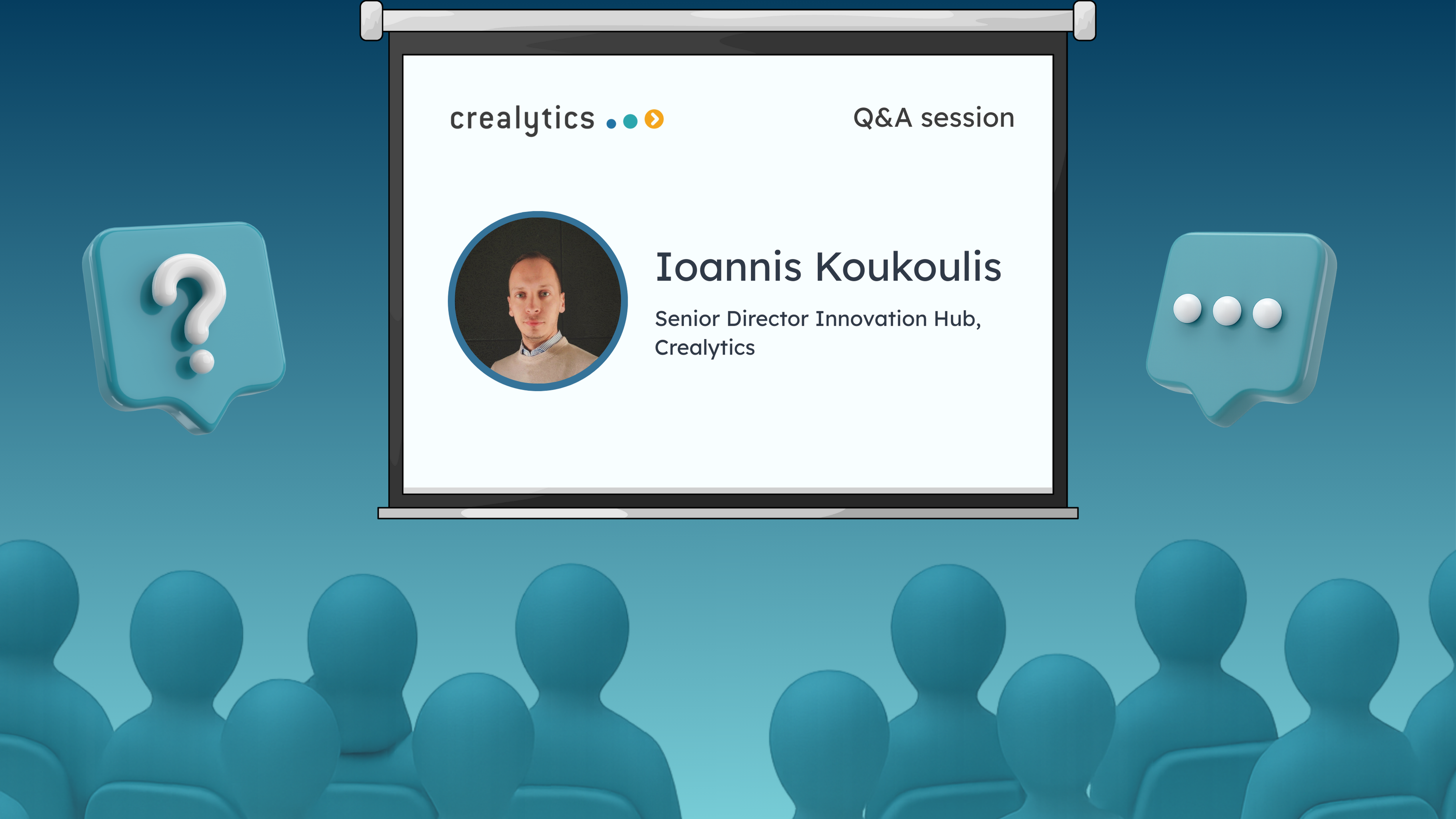
In paid media, the brands that win are those that stay ahead of complexity. Manual account checks no longer cut it: automation is now the silent driver of scale, efficiency, and resilience. At Crealytics, we see scripting not as a back-office function but as a strategic advantage, where we keep campaigns safe, budgets aligned, and revenue-driving products visible at all times. In this Q&A, Ioannis, Senior Director of our Innovation Hub, shares how his team builds and deploys in-house automation to give retailers both speed and control, ensuring human expertise is applied where it adds the most value.
Q1: Which routine tasks in paid search or social do you find are ripe for automation with scripts?
Ioannis: In today’s fast‑moving paid search and social landscape, manual checks in the accounts can’t keep pace with the complexity and speed of modern campaigns. This is where scripts come into play, they bring consistency, speed, and precision, turning routine maintenance into a fully automated safety net.
In this environment, we are prioritizing building inhouse scripting solutions that:
a) would keep accounts safe
b) would keep budgets on pace
c) would surface anomalies fast.
By providing automation through scripting and save time on routine tasks, allows our Performance Marketing specialists focus more time on strategy.
Case study: Read how we helped a global fashion brand doubles paid search reach, driving 81% revenue growth through broad match innovation.
Q2: Can you share an example where a script caught and resolved an issue faster than manual monitoring?
Ioannis: Everyone who has been running product ads for a retailer that has hundreds or thousands of SKUs and has analyzed product performance knows that most of the time, only a small share of catalog typically drives a large share of revenue.
A problem we faced with some of our clients was that their product inventory was quite “fragile” with many products going frequently out of stock. Additionally, frequent policy issues from Google, were leading to some of the top-performing SKUs to be frequently disapproved.
As the product inventory can change at any time, it was not easily detectable by the performance marketers and that was affecting campaign performance, which was relying a lot of on these top-performing SKUs.
For this reason, we built an inhouse Google Ads script that keeps track of these top-performing SKUs. Then the script itself it sends alerts if any of the SKUs get disapproved or go out of stock. The script produces a reporting indicating also the disapproval reasons (from Google) as well as solutions (if were provided by Google), and relevant documentation.
After rolling out this script, it became a favorite for almost all of our performance marketers, as it was able identify issues, before getting noticed by human checks.
Q3: How do you balance automation controls vs. human oversight to avoid errors?
Ioannis: Automation saves time and prevents many failures, but it’s not a substitute for professional judgment. Personally, when working operationally in paid search and paid social accounts, I let scripts handle the repetitive and time‑sensitive tasks like: budget pacing, anomaly detection, broken links, SKU availability. But then I layer human ops on top: daily pre‑flight checks, post‑change reviews, clear runbooks, and weekly hygiene. This way, I don’t need to wait for alerts to tell us something is wrong, I proactively keep accounts healthy while using automation as a safety net, not a steering wheel.
Q4: What tools or languages do you prefer for building these scripts and why?
Ioannis: When developing scripts for Google Ads, JavaScript is the language that is being used to write scripts. We are primarily developing our own scripts based on our needs but are also relying on 3-party scripts that are extensively available across the industry.
For Facebook Ads, we are developing our own scripting solutions using Python as our coding language and making use of Meta’s Graph API.
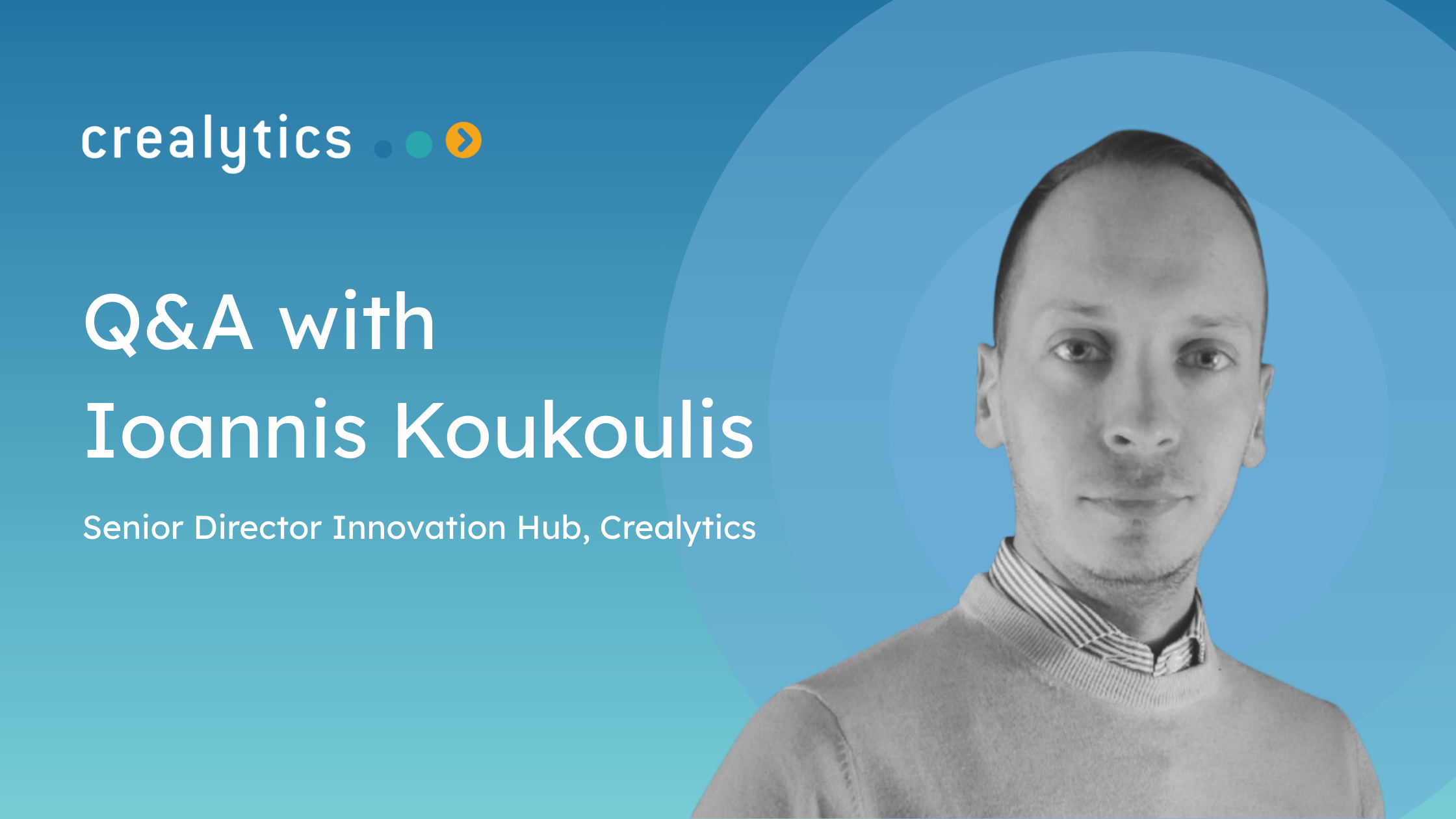
"Automation saves time and prevents many failures, but it’s not a substitute for professional judgment."
Q5: How do you approach version control and testing for deployment of automation scripts?
Ioannis: In our Innovation Hub team, we treat automation like a software production, of course in a more simple way. That means version control first, testing in layers, controlled rollouts, and fast rollback. That’s particularly important for more complex Python scripts, which we primarily use for our paid social activity.
For the more simple Google Ads scripts, when we develop a new script based on a client’s needs, as a first step we try to understand how we can develop the script in a way that will be functional and easy to use for potentially otherclients as well.
Then after we develop our solution following the approach that the script can be easily used by any performance marketing manager within our digital marketing department.
Afterwards, we are entering in the testing phase where we are monitoring the script behavior together with our performance marketers. Most of the scripts are doing just checks in the accounts and provide reports or alerts. However, we are particularly careful if a script is going to perform and adjustments directly in the advertising accounts. When everything is working as intended, we are releasing the script and make it available for all our internal client teams, with thorough instructions and documentation about how to use and test the script in their accounts. We are also open to receive feedback and recommendations for further improvements in the script functionality. We also host regular workshops internally to introduce our digital marketers in the script solutions we have and how they can execute and run any script for the script library independently.
Key takeaways for marketing leaders
1. Use automation as a safeguard, not a substitute: Let scripts handle routine checks (budgets, SKUs, anomalies), while keeping human oversight on strategic calls.
2. Protect revenue drivers at scale: Prioritize automation that monitors top-performing products and build solutions that can be reused across accounts and markets.
3. Shift talent to growth: Free teams from manual monitoring so they can focus on creative testing, channel expansion, and customer insights.
---
Need help with automation for your paid ad accounts? Reach out to us.
Relevant insights
· Case study: Crealytics Delivers Greater Automation, Revenue Growth For Foot Locker Europe
· Article: Why Automation is Making Performance Marketers Lazy (And How to Fix It)?
· Article: How DTC Brands Can Use AI Without Losing the Human Touch
About Crealytics
Crealytics is an award-winning full-funnel digital marketing agency fueling the profitable growth of over 100 well-known B2C and B2B businesses, including ASOS, The Hut Group, Staples and Urban Outfitters. A global company with an inclusive team of 100+ international employees, we operate from our hubs in Berlin, New York, Chicago, London, and Mumbai.
EXPERT INSIGHTS

